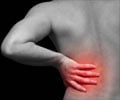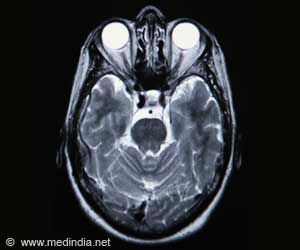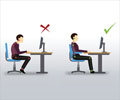
‘The overlapping symptoms and challenges in correctly diagnosing 'hip-spine syndrome' has been discussed in the new study.’
Tweet it Now
Typically, groin pain, and/or difficulty putting on shoes or getting
in and out of a car, are associated with a hip condition. Buttock or
back pain, with or without a tingling sensation, most likely originates
in the spine. However, patients with complex "hip-spine syndrome" have
lower back and hip pain with no clear source of the discomfort. Hip
arthritis, for example, can increase pressure on the lower back. "In these instances, similar or overlapping symptoms may delay a correct diagnosis and appropriate treatment," said article author Afshin Razi, an orthopedic surgeon and clinical assistant professor at NYU Langone Hospital for Joint Diseases.
The article recommends that patients provide a detailed health history and undergo a comprehensive physical examination that includes an assessment of gait (how the patient walks); hip and back range of motion; posture; pelvic, lower limb, and spinal alignment; loss of muscle (atrophy); previous surgical scars; and limb-length discrepancy.
"Plain and advanced imaging studies and diagnostic injections also can be used to further delineate the primary problem and guide the appropriate sequence of treatment," said Dr. Razi.
Diagnoses for hip and spine pain can include hip osteoarthritis, a stress fracture, osteonecrosis of the hip (a blockage in blood flow to the hip), a labral tear (damage to the cartilage that surrounds the hip), disc herniation and possible pinched nerves, stenosis (narrowed spinal canal causing nerve pain), sacroiliac joint dysfunction, and other less common sources of pain.
Advertisement
Source-Eurekalert














